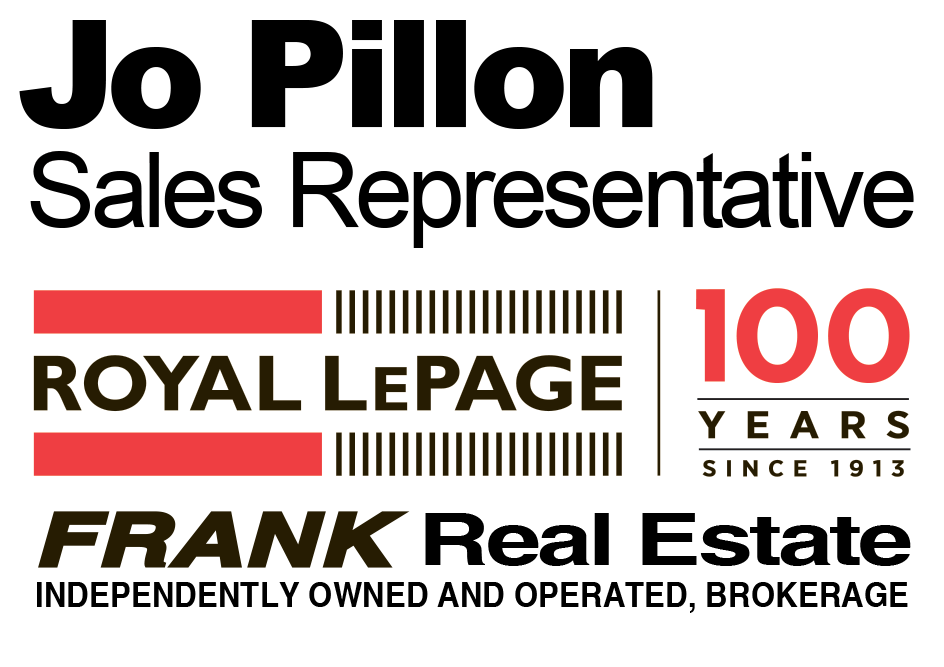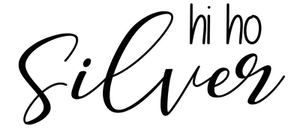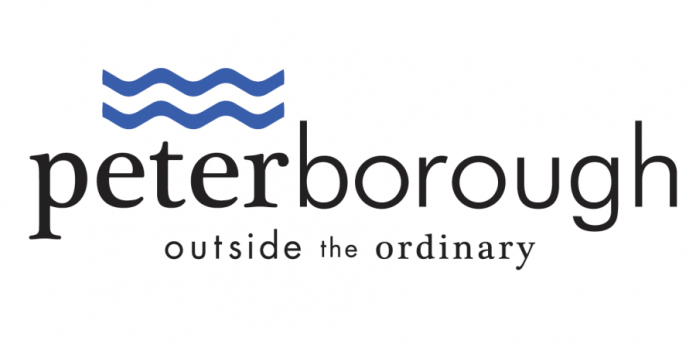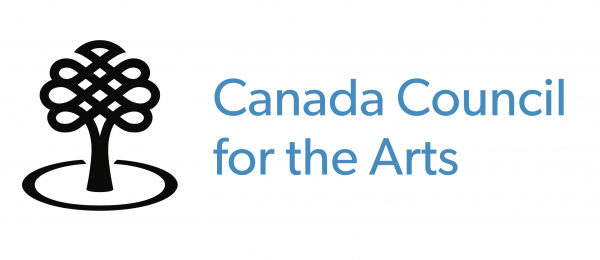2013
Incandescent by Meredith Thompson and Kate Franklin
See the printed matter: Show poster Show Program
Scan by Emmanuel Jouthe
See the printed matter: Show poster Show Program
2013 was a banner year for community participation at Public Energy. Not sure why, but two projects came to fruition that year which saw more than 40 Peterborough residents learn choreography from visiting artists – and in both cases make their own contributions to the work – and perform short dances (Scan was 5 minutes, Incandescent was 10) for the public. An opening act featuring local performers is a sure fire way to pull in audiences who have never heard of the main act and who have perhaps never experienced contemporary dance. In both cases audiences responded with awe and gratitude at what was accomplished in a matter of weeks by performers who bought in to these difficult processes and gave their all.
The first was Scan by Montrealer Emmanuel Jouthe. Scan was a piece he created for the purpose of being performed as an opener to his company’s full-length piece Cinq Humeurs. The title referred to the steady passing, back and forth, of bar codes over a scanning machine at a checkout counter. The best person to describe the creative process of putting Scan together is Kate Story, who performed in the piece and took on the role of rehearsal director. The video accompanying this description gives a taste of how well Emmanuel both cajoled discipline out of the dancers and afforded them their individualism. Read Kate’s insights and account of the process below*.
The second community participation event of the year was quite different: Incandescent: Peterborough, presented as part of Dusk Dances. It was co-created by Meredith Thompson and Kate Franklin, who were part of the Dusk Dances touring company for many years. It was that experience – of performing contemporary dance in rural communities around Ontario – that inspired Incandescent, which was first performed in Haliburton the year before. The unique element of this project was the inclusion of all ages, a specific goal of the creators, and the Peterborough community did not let them down. Three moms with kids took part, including Tina Bromley with daughters Kiana and Tilly, who was just three weeks old (!) when the 10-week rehearsal process began. You can see Tina holding Tilly in the accompanying video excerpt: for a brief moment, the only performers standing among a sea of fallen bodies.
With Kate Franklin having moved to Vancouver, it was Toronto-based Meredith who took charge of the rehearsal process, visiting Peterborough once a week for 10 weeks prior to opening night. Amazingly, she accommodated a 24-person cast and made it, in the words of participant Robyn Smith, “…super fun. Performers were all walks of life and abilities. If a person could not really do what was asked, Meredith always said that’s OK, do this instead.”
The ideas behind the work, to involve children as well as adults, are best summed up in Kate and Meredith’s program notes: “Besides the theme of community, Incandescent: Peterborough also explores the beauty and sadness of the process of growing up. In the creative process for this work, videos of children dancing “freestyle” were studied. Their movements were learned and then used as a jumping off point for the piece. Incandescent captures the feeling of freedom, abandon, raw energy, and lightness of spirit that children naturally have, and looks at the idea that while growing up means to gain experience, it also causes us to lose a little bit of that magical quality that children possess. Incandescent doesn’t mourn this loss of innocence, but celebrates it.”
It seems the words Kate uses below to sum up the Scan process might apply to both projects: ”… awkward and beautiful, regulated and free, and fully human.”
-Bill Kimball
*Kate Story tells all about the process of making Scan. Kate is a theatre artist whose early training in dance, while not resulting in a fabulous career in ballet, has served her well as a creator of interdisciplinary performance.
Well, I think there were 19 people involved in Scan, all with varying relationships to dance. Previously I’d worked fairly extensively as a rehearsal director, chiefly for Old Men Dancing back when Bill James commissioned an amazing range of choreographers, mostly from Toronto, to work with the local troupe. As with Scan, my job was to connect with the choreographers when they set the work on the performers, learn the piece myself, then – as these choreographers went away for a time – make sure the performers were learning the piece thoroughly so that when the choreographer came back (usually just before performance) they’d be ready. I’d developed a theory that to be a good rehearsal director I had to, in some sense, take in the choreographer’s physical and energetic being, while also absorbing their priorities and strategies for performance. Maybe there’s a better method, but I’m an imitate-and-affiliate type, and it more or less worked, despite the challenges of serving the needs of such a wide range of choreographers.
Scan was different.
For one thing, I was not only directing the rehearsals, but also performing. For another, I was given the task of organizing the rehearsal schedule for 19 performers. So-and-so lived out of town, some worked days, others worked nights, someone got injured. It was cruel – cruel, I tell you. And there were enough educators in the group – you know who you are! – to provide a chorus of how everything could be done just a little bit better (I know, you were just being helpful). And thirdly, I couldn’t get a fix on exactly what Emmanuel was looking for. One thing came out clearly: he’s not a dance artist interested in erasing the particularity of the performers. Despite the ensemble nature of the work and the unison technique, its heart is quite the contrary.
First, we all worked with Emmanuel and his assistant Raphaëlle Perreault. I remember that first day, my heart sinking. It was all counting. You had to be so aware, so present, and completely on the ball or else you stood out like a sore thumb. The work functioned as a breathtaking ensemble work, back and forth, scanning the space, scanning our own bodies, with these arresting breaks where magical things would happen. Magical, that is, if you hadn’t fucked up the scan parts. The music didn’t give cues – if you started listening to it you were sunk. OK, I can handle this, I told myself. Breathe. We worked hard; we had video with Emmanuel and Raphaëlle calling out the cues; I took a novel’s worth of notes; we could do this.
Everyone worked so hard. Everyone cared. We counted our asses off; we have no asses now, it’s very sad. Everyone was supportive and kind to each other. I did my best to duck in and out and give feedback, and man, I counted.
Then Emmanuel and Raphaëlle came back.
I was nervous. I had no idea what the other community iterations of Scan had been like; had they been more dancerly? Less regimented? What if I’d misinterpreted the choreography? – there were a few grey areas… We started to run it. Emmanuel gave some corrections; nothing terrible. He smiled. He’s got a smile you like to see. My shoulders dropped a bit. We ran it again. And again. And… Raphaëlle did the strangest thing. She came in and stood among us. I mean, we weren’t just walking, we were marching top-speed along that long, long Market Hall floor. We were like zombies on bennies: we would mow you down. And don’t give us anything new to think about, or else we will lose the almighty count. But she stood in our road, winked mysteriously, tilted her head, walked saucily alongside for a time, then peeled off to interrupt the trajectory of someone else. And yet she never caused anyone to fall out of step or shift; she knew the work that intimately. She interrupted our grim concentration. She breathed life back into us, with the merriest of smiles.
We were ready, then, to perform.
I think it really worked to program Scan before Cinq Humeurs. The latter was a challenging piece formally and artistically, but Scan sort of warmed the audience up, rendering them more receptive to the esoteric athleticism of the latter. There’s something tender about seeing people you know performing. The website for the company says it best: “For Danse Carpe Diem/Emmanuel Jouthe, the creative process stems from a profound desire to value individuals, be they dancers or spectators.”
It was awkward and beautiful, regulated and free, and fully human.












